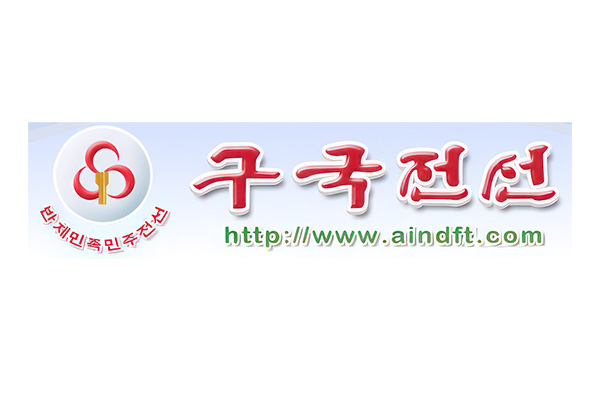Standing at the foot of Moran Hill in Pyongyang is the Arch of Triumph, symbolic of President Kim Il Sung’s feats in liberating Korea from the Japanese imperialists’ colonial rule.
The arch is engraved with gold letters “1925-1945”.
In Juche 14 (1925) Kim Il Sung embarked on the road of revolution at the age of 14.
In January that year, upon hearing the news that his father Kim Hyong Jik was arrested again by the Japanese police, Kim Il Sung made a 250-mile journey, determined not to return home unless he achieves the country’s independence.
During his study days in Huadian and Jilin of China, he read classics on Maxism-Leninism, including “Communist Manifesto”, “The Capital” and “State and Revolution”, and a number of revolutionary books to make a clear-cut analysis of Korea’s situation.
On October 17, 1926, he formed “Down-with-Imperialism Union” (DIU) in Hwasong Uisuk School, the first genuine revolutionary organization in Korea, marking a fresh start in the Korean revolution.
DIU was followed by the formation of the Saenal Children’s Union, Young Communist League of Korea, Peasants Union, Anti-Japanese Trade Union and Anti-Japanese Women’s Association.
In 1928, he personally guided the Jilin Yuwen Middle School students’ walkout from classes, protest against the Jilin-Hoeryong railroad construction and the campaign boycotting Japanese goods.
He convened a historic meeting in Kalun over June 30-July 2, 1930, at which he delivered a report “The Path of the Korean Revolution“.
The report, tantamount to a declaration of the Juche idea, served as guidelines for strategies and tactics of the Korean revolution.
The report clarified that the popular masses are responsible for revolution which can emerge victorious only when they are set in force and that the Korean revolution should be carried on by the Korean people themselves in accordance with the country’s actual situation.
The Juche-based line and policies, set forth in the report, provided a basis for building the first party organization — the Society for Rallying Comrades — and the Korean Revolutionary Army.
From that time, people began calling him “Kim Il Sung“, instead of his original name Kim Song Ju, wishing he would be the sun, a leader in liberating Korea from the Japanese colonial rule.
The renaming represented the people’s absolute trust in and profound reverence for him.

